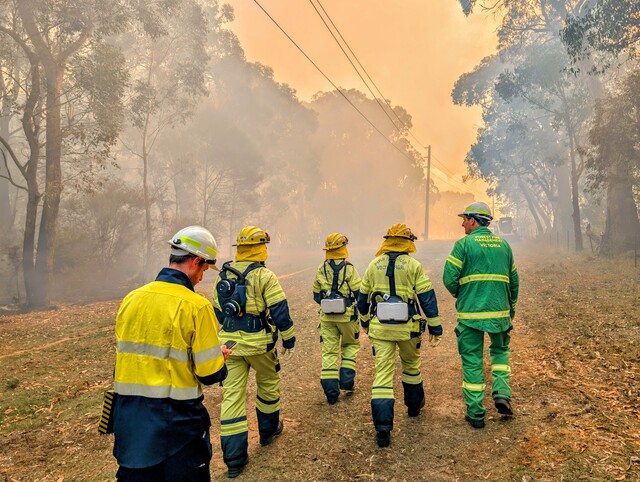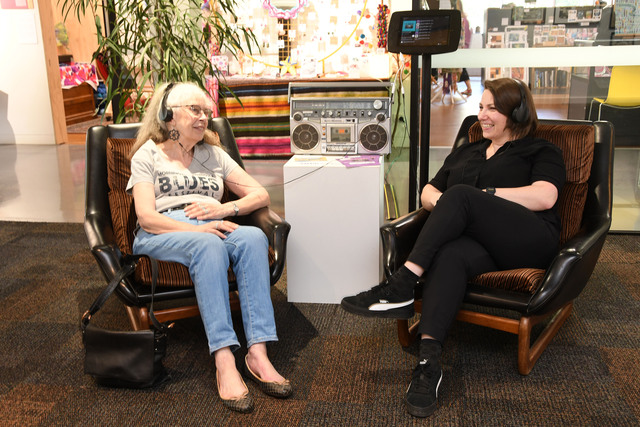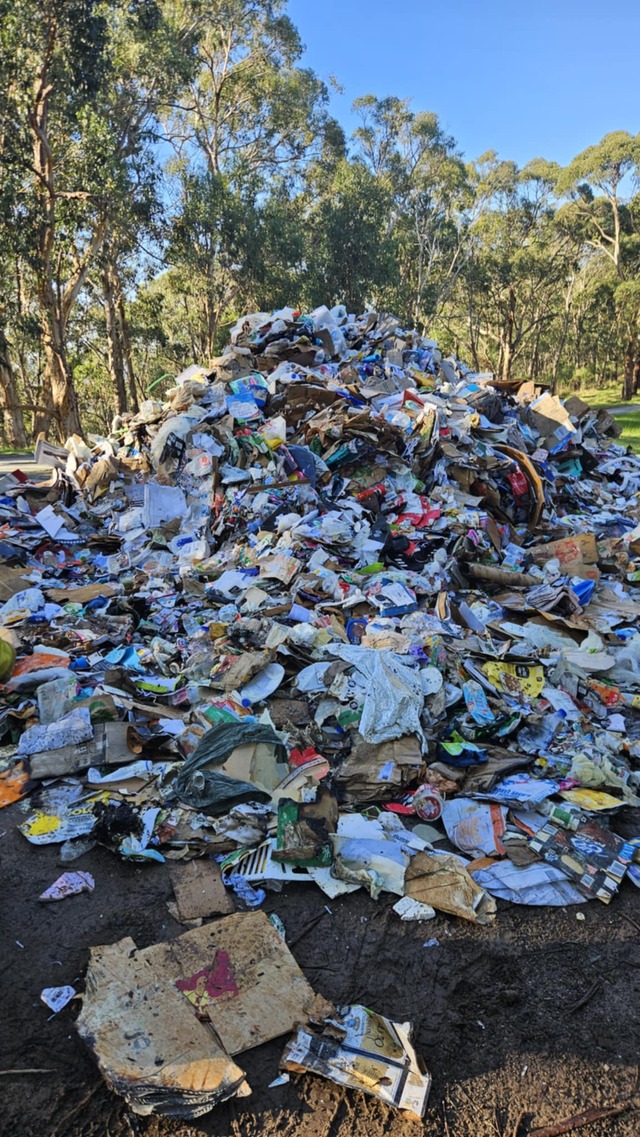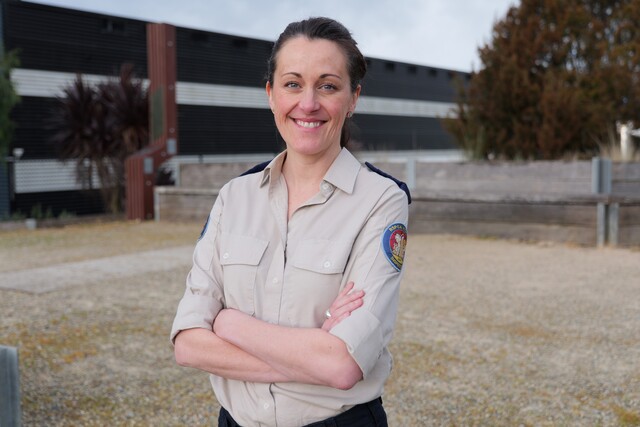Firefighters could soon be better protected in the line of duty, with cutting-edge breathing equipment recently tested in Lysterfield and the Dandenong Ranges showing strong early results.
Led by the Rural Respiratory Protection Working Group, the final trial phase brought together fire agencies including Forest Fire Management Victoria and Fire Rescue Victoria (FRV) to put the new gear through tough field conditions.
The equipment was designed specifically for firefighters battling grass and scrub fires in challenging environments, with the trial forming part of a broader international study on cancer risks faced by firefighters.
FRV leading firefighter, Adam Wightwick said the idea for the trial stemmed from the need for more suitable protection during long-duration fires, especially as urban sprawl pushes closer to bushfire-prone areas.
“The trial was inspired by the former MFB’s recognition of the need for better protection following major grass and bushfires across metropolitan and regional areas,” Mr Wightwick said.
“With fires increasing around the urban-interface due to development sprawl and the limitations of current heavy, short-duration breathing apparatus, frontline firefighters have for some time now been pushing for modern protection to combat long-duration fires.”
While the new powered respirators are not yet scheduled for rollout, the potential benefits are clear.
“These powered respirators would save lives, reduce firefighters’ risk of chronic illnesses and dramatically improve their ability to work in arduous conditions,” Mr Wightwick said.
“These devices are world-leading and game-changing; trial participants reported no smoke detection until the device was removed,” he said.
“At approximately two-kilogram, they are lightweight, provide more than four hours of respiratory and eye protection, offer cooling in extreme heat, and improve communication.”
The testing process began in 2023 with simulated burns at FRV’s Burnley complex, before moving to live prescribed burns in Kalorama and Lysterfield.
The contrast between the two sites highlighted the gear’s durability and effectiveness.
“Kalorama’s difficult forest terrain, with steep slopes and dense scrub, thoroughly tested the devices’ durability and usability,” Mr Wightwick said.
“Lysterfield offered distinct challenges with increased temperature and an extended burn duration. This provided a valuable opportunity to gather data on smoke behaviour with our new detectors while rigorously testing the devices’ filters.”
Feedback from the crews involved was overwhelmingly positive.
One firefighter who had worked during the 2019/20 Black Summer fires at Bunyip praised the clarity of vision and eye protection the new gear offered.
Another crew in Kalorama was shocked at how much smoke had soaked into their protective clothing once they removed the masks, something they hadn’t realised while wearing the respirators.
“The single biggest thing that stuck with me was the follow-up from crews later who said they were able to go home with no symptoms post-fire,” Mr Wightwick said.
“Often firefighters report flu-like symptoms, headaches, scratchy throats and sinus issues after a long exposure to smoke, it was pleasing to hear that none of the firefighters reported back any ill effects.”
The Lysterfield trial also feeds into the FEMA Firefighter Cancer Cohort Study, a major international research project involving partners in Australia, New Zealand, Canada and the United States.
For Mr Wightwick, being involved in something with such global reach is deeply meaningful.
“Contributing to such vital work is incredibly rewarding,” he said.
“With occupational illnesses like cancer affecting many firefighters, and 90 per cent of exposure risk coming from the inhalation of toxic substances, introducing these devices quickly is a priority.”
Looking ahead, Mr Wightwick hopes the findings will not only lead to better protection for FRV crews but spark wider collaboration across the firefighting community.
“As our population grows and our climate changes, fires at the urban interface will increase and this challenge extends far beyond Victoria,” he said.
“This solution is particularly effective for firefighters performing asset protection. These powered air respirators are game-changing for crews needing to protect lives, critical infrastructure, and homes in harm’s way.”










